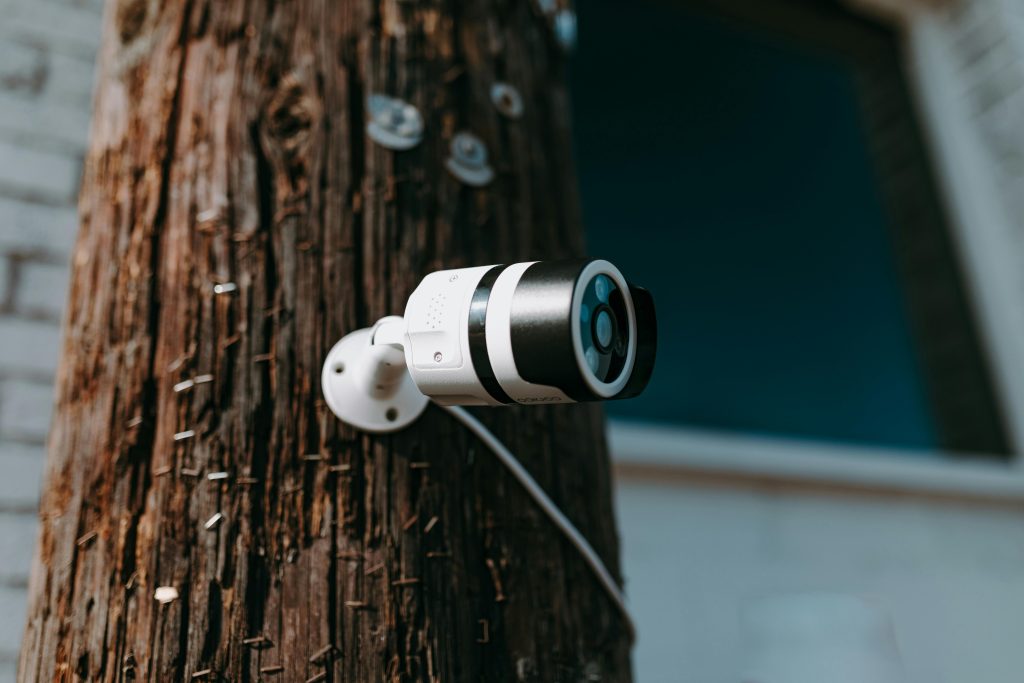Troubleshooting Haptic Feedback Issues After Restoring Settings on Your Android Device
Upgrading to a new Android device is an exciting experience, but it can sometimes come with unexpected hiccups. One common concern users face is the malfunction of haptic feedback—a feature that provides tactile responses during interactions—after restoring settings from a previous device. If you’ve encountered a similar issue where haptic feedback is not functioning as expected post-restoration, here’s a comprehensive guide to understanding and resolving the problem.
Understanding the Issue
In many cases, users set up their new device by restoring data and settings from an older phone. While this process can save time, it may also carry over configurations that inadvertently disable or alter certain features, including haptic feedback. For instance, if haptic feedback was turned off on the old device before backup, restoring those settings can carry the same preference to the new device, potentially leading to confusion if the feature appears disabled.
Symptoms and Observations
- Haptic feedback works selectively: It functions during gameplay and with ringtones but is absent from system UI elements and apps like Gboard.
- Settings for haptic feedback are confirmed enabled in the system.
- Resetting individual app settings does not resolve the issue.
- The option to reset all settings is unavailable without performing a full factory reset.
Common Causes
- Restored Settings Carry Over Disabled Features: Restoring from a backup where haptic feedback was turned off.
- App-Specific Settings: Some apps may have their own haptic feedback configurations that override or conflict with system settings.
- System UI Limitations: Certain system interfaces or custom launchers may have separate toggles or conflicts affecting haptic responses.
- Software Glitches: Occasionally, post-restoration bugs may temporarily disable touch feedback.
Step-by-Step Troubleshooting Guide
1. Verify Global Haptic Feedback Settings
- Navigate to Settings > Sound & Vibration > Vibration Intensity.
- Ensure that the Vibration or Vibration Feedback toggle is enabled.
- Check Settings > Language & Input > Gboard (or your keyboard app) > Preferences to confirm that Haptic Feedback on Touch is turned on.
2. Check App Individual Settings
- Open apps like Gboard and ensure that their haptic feedback options are enabled.
- For system UI interactions, look for any accessibility options that might influence
Share this content:



